
Have you ever wondered having driven the car somewhere, that you don't remember how you got there? While driving you may have listened to music and thought about work. You may have even been chatting on the cell phone. How can one person do all this and drive safely at the same time too? Some people call it ""multi tasking." Are we really multi tasking or is this just a sophisticated way of the function of the mind?
Let us explore this using the mind works model and try to elucidate a mechanism (see the video below)to see how this happens. We will take the eye as an example to keep this simple.
As we have discussed in previous posts when the eye meets an object eye conscious arises. With meeting of the three contact arises. However if we do not make eye consciousness we do not make eye contact. All three factors, the eye, the object and the eye consciousness have to be present to make eye contact.
When we make eye contact there is feeling, perception and mental formations that arises as a result (yellow arrows). The first mental formation (or thought) that arises is the primary cognition and is shown in purple arrows. This is the perception of the object. The thought* that arises as a result is fed back into the mind as a mental object. For example when driving it may be the thought that there is a car in front of you or change in the colour of the traffic light from green to red.
The primary cognition will immediately be followed by secondary cognition which is shown in yellow arrows. This will trigger the second thought.** This is a thought about the object. This is called the directed thought & evaluation. This could be a thought about the car that is stopped in front of you at the red traffic light.
This tertiary cognition that immediately follows the secondary cognition series is a result of an epiphenomenon of the primary cognitive series. Here the feeling about the object from the primary series will influence the perception of the object. This is shown in blue arrows. This thought*** therefore will have feelings about the object in addition to perception. In the driving example it could be an unpleasant feeling about the driver in the car in front, who stopped suddenly at the red light.
Next the quaternary series starts with the mind (green arrows) retrieving previous memory about the object triggered by the thoughts received by the mind. This will now give rise to a mind contact and trigger feeling, perception and mental formation. The resultant mental formation would give rise to another thought about the object. We now have perception, feeling and previous memory about the object. Therefore is a minimum of four cognitive series**** before one recognizes an object in full detail. Interestingly etymology of the word of recognition comes from re-cognizing. This series can follow the same sequence over and over again as long as we keep attention on that object. All thoughts that are generated may give rise to our speech and actions.
The above mechanism looks simple at a superficial level. In real life this is much more complex than this as all six senses bring in sensory information at different times. However it is important to note that only one sensory data of one of the six senses is processed at a given time through the cognitive series. The basic four step cognitive series explained above, taking the eye as an example will be exactly the same for other senses. However the mind is more complex as it receives copies of thoughts from all the other five senses.
So if we think about our six senses as "six channels" in a radio (see link to the previous post below) what we are really doing is like changing channels in a radio in a rapid fashion. These moments of cognition in a series happens at an extremely rapid speed. It has been estimated that there are approximately 8,125 moments in a second. This is a necessary function of the mind to gather information about the surrounding world. It is because of this rapid speed we are able to pick up easily from where we have left off in one channel. We then have a distorted view of a continuous process of events coming from multiple channels that are working at the same time. This we call "multi tasking."
Most of the times we use primary and secondary cognitive series when driving unless it is a complex task. That means we cognize and re-cognize (at least once) each and every event along the way. However we may not remember everything in detail as only the thoughts of primary and secondary cognitive series were used for this function. It is for more complex activities like calling somebody on the cell phone and thinking about the work while driving, we use multiple cognitive series beyond the minimum four cognitive series. In these activities we use multiple thought processes and therefore we remember better.
In mindfulness meditation with insight we train ourselves to be aware of all these channels (please read the post below). We can also examine them using our own mind as "the lab" how they really work. This mindfulness training will help us to be in the present moment with clear awareness. Mindful practice when applied correctly will help us not only to be skillful drivers but also to be skillful and efficient at home and work. We become very skillful in the activities we perform from our mind, body and speech. This will bring peace, contentment and happiness to to our lives.
Notes:
The three types of Sankharas
1. Bodily fabrications/mental formations(kaya sankhara)* The example given in sutta is in and out breathing. This is the thought when the mindfulness of breath is fully immersed in the body.
2. Verbal fabrications/mental formations (vachi sankhara).** This is vitakka-vicāra in Pali or translated to English as applied and sustained thought or directed thought & evaluation.
3. Mental fabrications/formations (citta sankhara).*** These are thoughts of perception and feeling.
The process of cognition**** (the cognitive series) is called citta-vîthi in Pali
























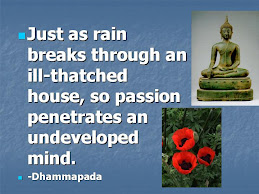


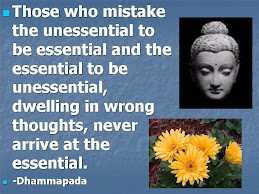
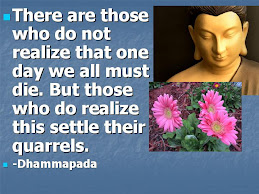
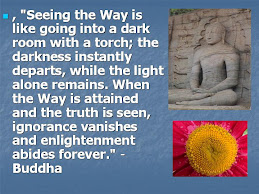


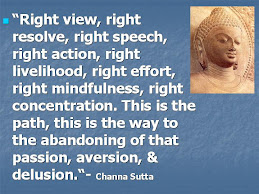

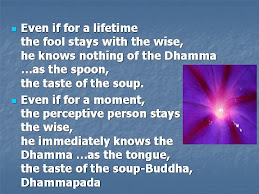



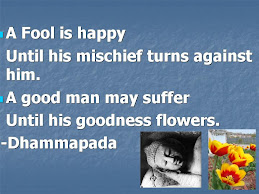
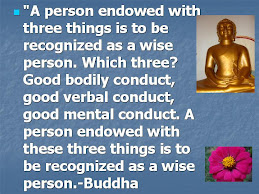

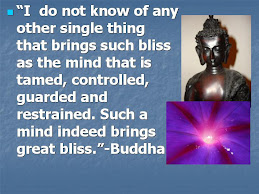
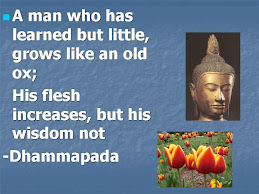
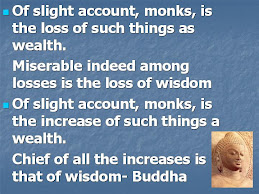
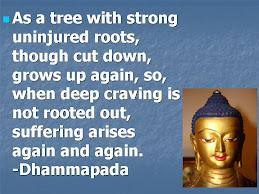
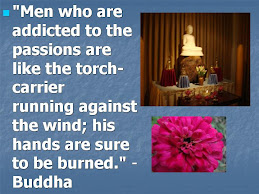


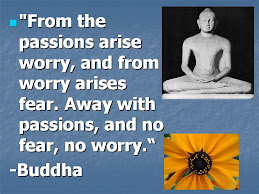
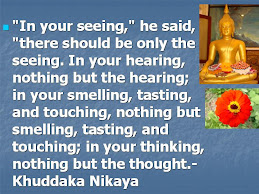




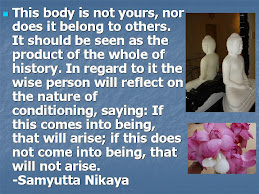
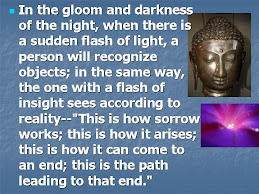
















No comments:
Post a Comment